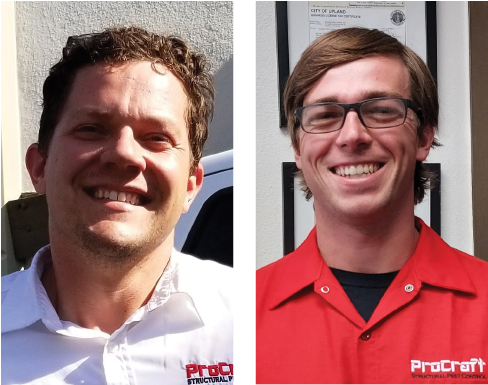Formosan subterranean termites (Coptotermes formosanus) continue to be on the radar of pest management professionals in Southern California following confirmation of two more infestations — one from a house in La Verne, Calif., and the other from a house in Hollywood Hills, Calif. The findings were confirmed by Dr. Chow-Yang Lee and researchers from his lab at the University of California, Riverside Department of Entomology.
As previously reported by PCT, Formosan subterranean termites (FSTs) are not native to Southern California nor the United States. Still, in California they have been confirmed in pockets, and many entomologists and pest management professionals believe they may be underreported in the Golden State.
The recent FST discovery in La Verne came after ProCraft Pest Control, Upland, Calif., was called by one of its customers about a large termite swarm. It turned out the swarm was coming from the next-door neighbor’s home. That homeowner, who owns a lumber company, built his home with numerous railroad ties. ProCraft owner Mike Furlong theorizes that some of the railroad ties may have been transported from a location that does have Formosan subterranean termites.
Furlong was alerted to potential FSTs by ProCraft service technician Luke Miller, who services the home. “I decided to send it in (to UCR) because it didn’t match,” Furlong said. “Just a lighter color throughout, and that doesn’t fit drywoods and other subs we see. And the wings looked off. The coloration was off substantially.”

Lee was out of the country, but his lab technician, Sen Miao, performed the measurement and molecular identification. Lee then checked the outcome of the ID and confirmed that they were Formosan subterranean termites. “Basically, what we did was examine the morphology of the sample under the microscope and then carried out analysis of 16S ribosomal RNA,” Lee said.
Furlong said that his customer’s home was immaculate and also built on a slab (no crawlspace), so he did not find any damage, but that ProCraft will be closely monitoring that property for FSTs in the future.
In addition to the Formosan termites found in La Verne, an FST infestation was confirmed in a Hollywood Hills home. The termites were sent to UC Riverside by the homeowner after first identified by Orkin technician Isela Munoz and then by Orkin inspector José Ernesto Aguilar. After receiving the sample, Dr. Siavash Taravati from the University of California Agriculture and Natural Resources (UC ANR) visited the home, where he found more dead Formosan termites in the storage area in the loft. However, no signs of active infestations were evident during a visual inspection or when he used Termatrac, a device that detects tiny movements in the wood using microwaves technology.
“It’s an all-wood old house with [Formosan subterranean termites] first found flying in a loft around a standing light near a storage door,” Taravati said.
Taravati said that some minor damage was found in the landscape on the buried portion of the fence downslope, “but we don’t know if they are from Western subterranean termite or Formosan. On the upslope, dense cover plants were found but the wooden retaining walls were intact. The house also has many small damages from drywood termites based on their shape and presence of hexagonal fecal pellets.”
Taravati added that he inspected the crawlspace of the Hollywood Hills home and found no evidence of FST damage and that the nearby landscape soil was relatively dry, except for a few spots near sprinklers.